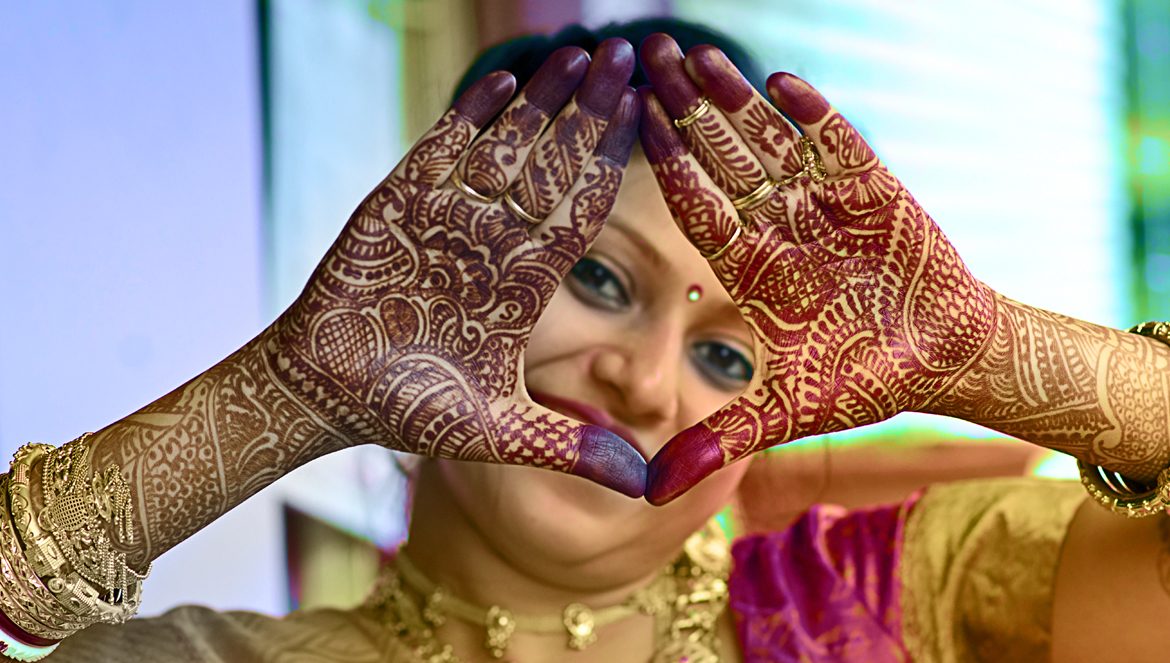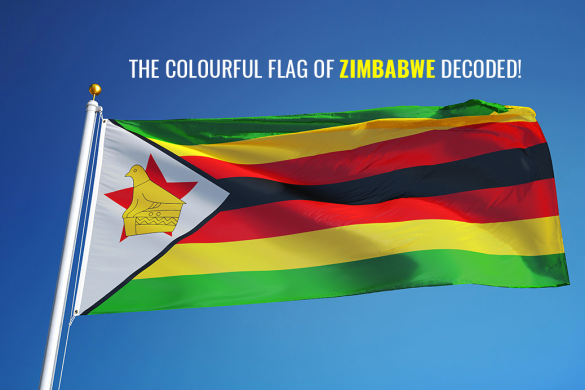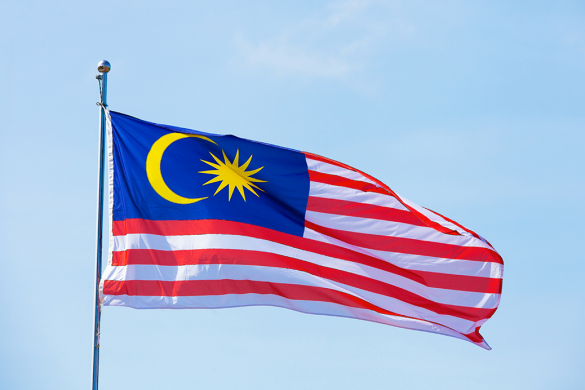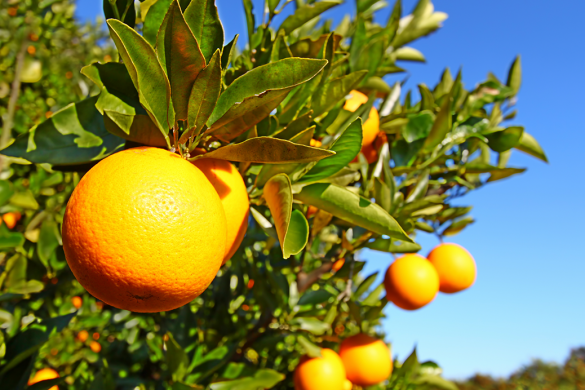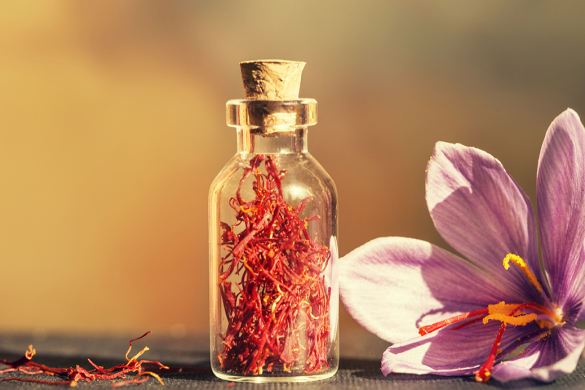Indian pre-wedding customs such as Haldi functions are immensely entertaining and have great cultural significance. We apply Haldi on the face, neck, hands, and feet of the bride and groom, and they do the same for their single friends and siblings. At the wedding Haldi ceremony day, we also like singing old songs, dancing, and eating excellent cuisine on the wedding Haldi ceremony day.
Turmeric (Haldi), water, and oil are combined to create the Haldi paste that is applied to the couple during the Haldi celebration. Some people sometimes put in milk, rose water, or sandalwood powder to intensify the effects of the Haldi. Indian families take great pleasure in this colourful tradition, but do you know what this magnificent Haldi function means? Read on this blog to know more!
The Key Ingredients of Haldi
Indian weddings give this vibrantly coloured spice turmeric a very important position, and a whole day ritual is devoted to it. The spice offers a wide range of beautifying effects and antimicrobial capabilities. In India, turmeric, or “haldi,” is a common ingredient in face mask recipes. While applying Haldi as part of a wedding ritual is not a beauty treatment, ensuring your Haldi paste contains the right ingredients can help you avoid skin problems just before your big day.
How to prepare haldi for a wedding?
- Two teaspoons gram flour
- One teaspoon of pasted turmeric
- Sandalwood, one teaspoon (Chandan)
- Olive oil or almond oil (optional)
- Water
About the Haldi Ritual: The Process
Usually a day before the wedding, haldi ceremony preparation starts. The bride’s and the groom’s sides participate in the haldi ritual. The bride and groom are covered with paste during the morning haldi function, covering their faces, necks, hands, and feet. Close friends and family members wait in line to apply haldi paste to the bride or groom. The ritual gradually becomes fun and everyone starts using it on one other. The bride and groom then take a ceremonial bath after the ceremony.
Why does haldi hold such a special place in an Indian Wedding?
Haldi to ward off the buri nazar (evil eye)
The majority of people think that applying haldi is done to protect the bride and groom from evil spirits. The bride and groom are typically not permitted to leave their homafterng the haldi ceremony or haldi function until their wedding mahuris. In certain cultures, kids are also given little amulets and other objects to ward off the evil eye or linked to a sacred red thread.
Yellow is a bright colour.
In Indian customs, turmeric’s bright yellow colour is highly promising. The couple, who are beginning their new life together, is blessed with prosperity thanks to the auspiciousness of this ingredient and its colour. For this reason, the bride and groom wear yellow attire on their wedding day in various traditions.
Haldi for an additional glow
When cosmetic beauty treatments and salons were not common in the past, Indians relied on their natural beauty secrets to ensure a couple looked gorgeous on their wedding day. Haldi is well renowned for its ability to make skin fair and radiant. So, the wedding haldi ceremony has a special place in wedding rituals.
Haldi acts as an antibacterial
Applying turmeric, also known as haldi, before marriage would ensure that the bride and groom are blessed with clear skin because it is known for its medical benefits and antibacterial capabilities. Additionally, it guarantees that the pair will be free from injuries or illnesses before the wedding.
Haldi for body detoxification
Haldi is highly revered in Indian culture because it helps cleanse and purify the body. It is renowned for being a powerful exfoliating agent. When the paste is rinsed off after the haldi ritual, it aids in the removal of dead skin cells and detoxifies the skin.
Haldi calms pre-wedding nerves.
Haldi is known to lessen some of the anxiety the bride and groom experience in addition to its beauty, purifying, and detoxification properties. Turmeric contains an antioxidant called curcumin, which has been shown to have modest antidepressant and headache-relieving properties. So it’s a terrific approach to calm your nerves and worry on your wedding day. Haldi is also believed to strengthen the immune system and to calm an upset stomach.
Haldi for preparations for a wedding
This is one of the key actions that shows the wedding preparations because Haldi celebration occurs first on the wedding day. During the ceremony itself, the bride and groom are getting ready for their special day during the ceremony. Not only that, but it also promotes relaxation.
New beginnings are connected to Haldi’s yellow colour
As many of you may already be aware, the colour yellow is linked to spring, joy, and fresh starts. Yellow is the second-most bright colour in Hindu wedding traditions, right behind red. The bride and groom had to request peace and prosperity, among other things. It is customary for the bride and groom to wear yellow throughout this ceremony.
Haldi encourages single people to get married quickly
Yes, it is definitely true! If any of you wish to be married, come to this ceremony and put some haldi on your face; it’s said that this will hasten your engagement. Yes, it’s a common belief that if the bride or groom applies the enchanted turmeric paste to their single friends or relatives, they will soon get married.
Haldi, a representation of blessings
The women who participate in this rite or apply the haldi also wish the upcoming bride and groom a lifetime of happiness and companionship. While applying the paste, all the women wish them a long and happy marriage.
The Right Decor
Haldi ceremony decoration should seal the deal, whether you’re planning a low-cost, straightforward Haldi decoration at home or a lengthy day with jazzed-up decorations. Additionally, it’s usually a great idea to decorate the entire location for the Haldi ceremony in various shades of yellow with hints of white. The main platform, the backdrop, and the seats are all painted yellow in this space, giving it a rather surreal appearance.
Here are some ideas you can try –
- Your verandah should have golden backgrounds.
- Put flowers in your home’s jhoola decorations ( mainly marigold)
- Floral curtains
- The screen is made of wood with floral accents
- Yellow Paint Shades Decor
Bottom Line
Haldi rasam, or haldi ritual is cherished in Indian culture since it also helps to cleanse and purify the body. When the paste is rinsed off after the haldi ritual, it helps to eliminate dead skin cells and cleanse the skin. It has been demonstrated to be a powerful exfoliant. In addition to its ability to enhance beauty, haldi is thought to lessen some of the bride and groom’s pre-wedding anxiety. Additionally, it is proven to strengthen immunity and calm an upset stomach.
The Haldi ceremony is celebrated with joy, hilarity, grandeur, and colour, much like any Indian rite!
FAQs
What are the things required for a Haldi ceremony?
If you are wondering how to prepare haldi for haldi ceremony, then you will require
- Water, or rosewater.
- Powdered sandalwood.
- A lovely bowl.
- Mango leaves to apply the paste on
- For the ladies to perform the pooja, there is a puja thali.
- Stools for seating.
- A scrub while bathing can help you remove the paste.
Which ritual comes first, Haldi or mehendi?
According to Hindu custom, the haldi program is performed prior to the mehendi because the mehendi colour should not appear dull during the wedding. However, it is up to you to carry out the ceremony whenever it suits you.
What is the purpose of Haldi?
On the morning of the wedding, married ladies apply turmeric (haldi), oil, and water to the bride and groom. Before the wedding, the mixture is thought to bless the pair.
Why do people put Haldi in marriage?
Haldi is renowned for cleansing and purifying couple’s body before they enter into holy matrimony. Additionally, it symbolizes the happy start of a new life together. Haldi is said to safeguard the bride and groom from any negative omen that may damage them before the wedding.
